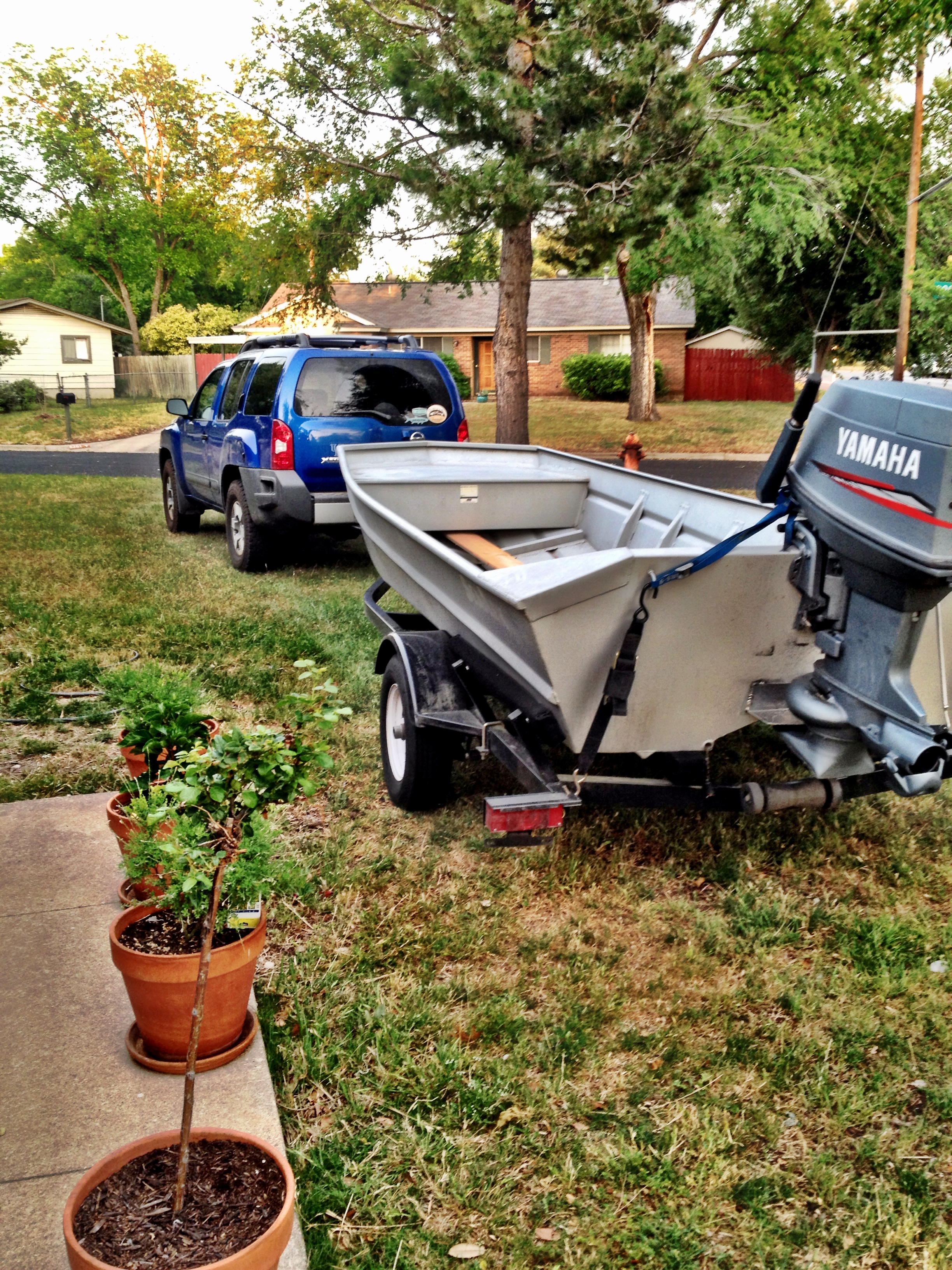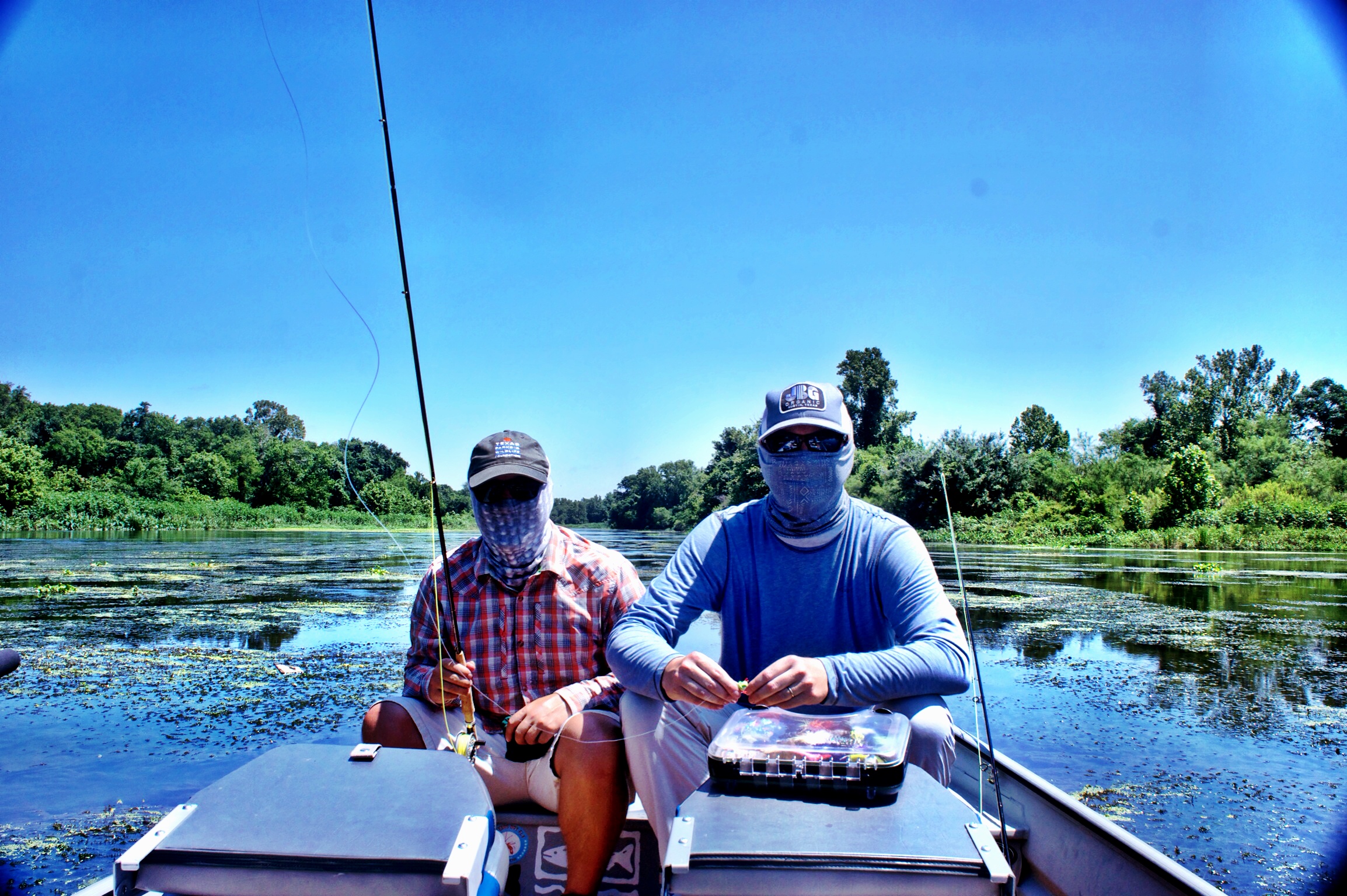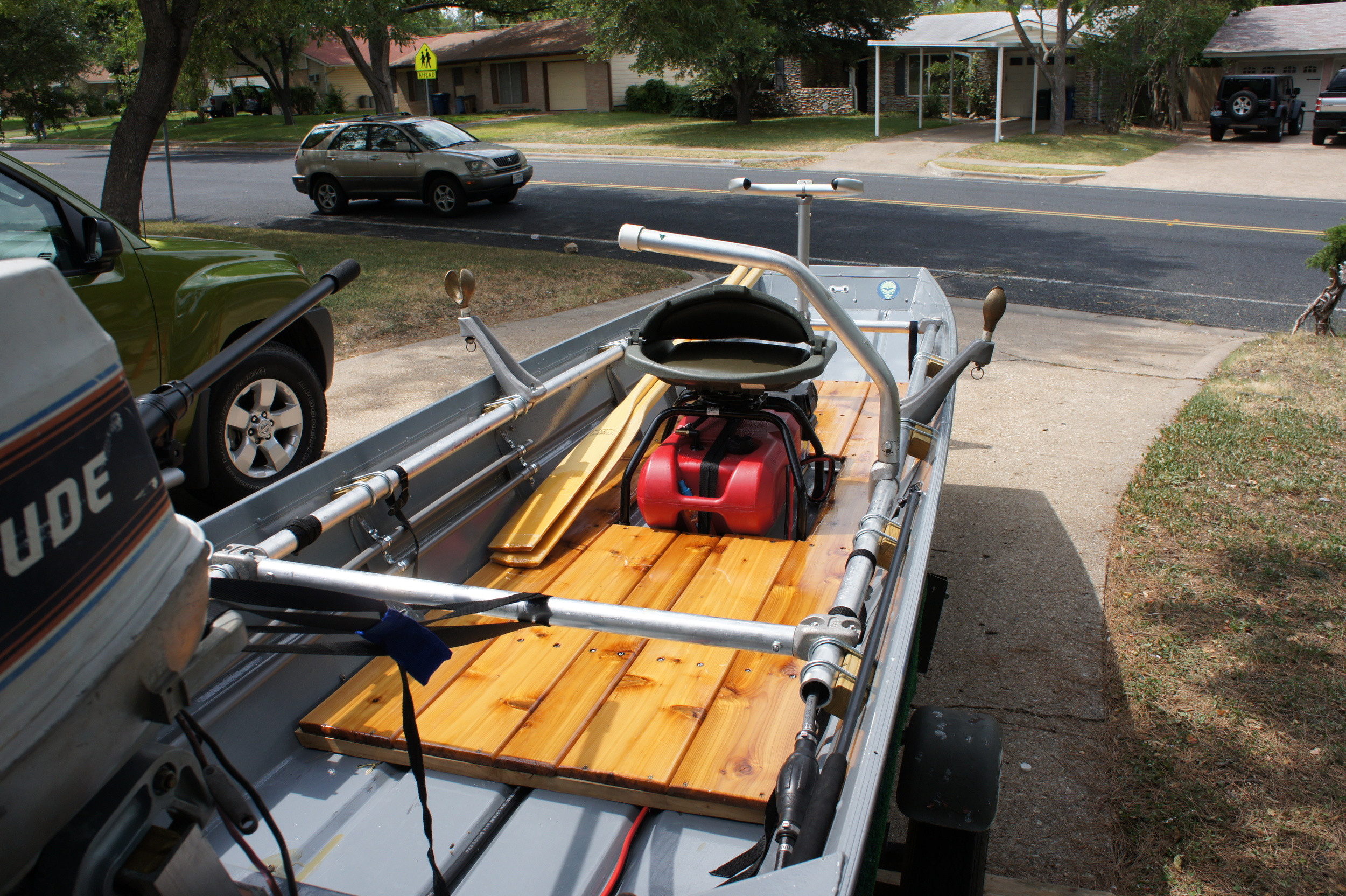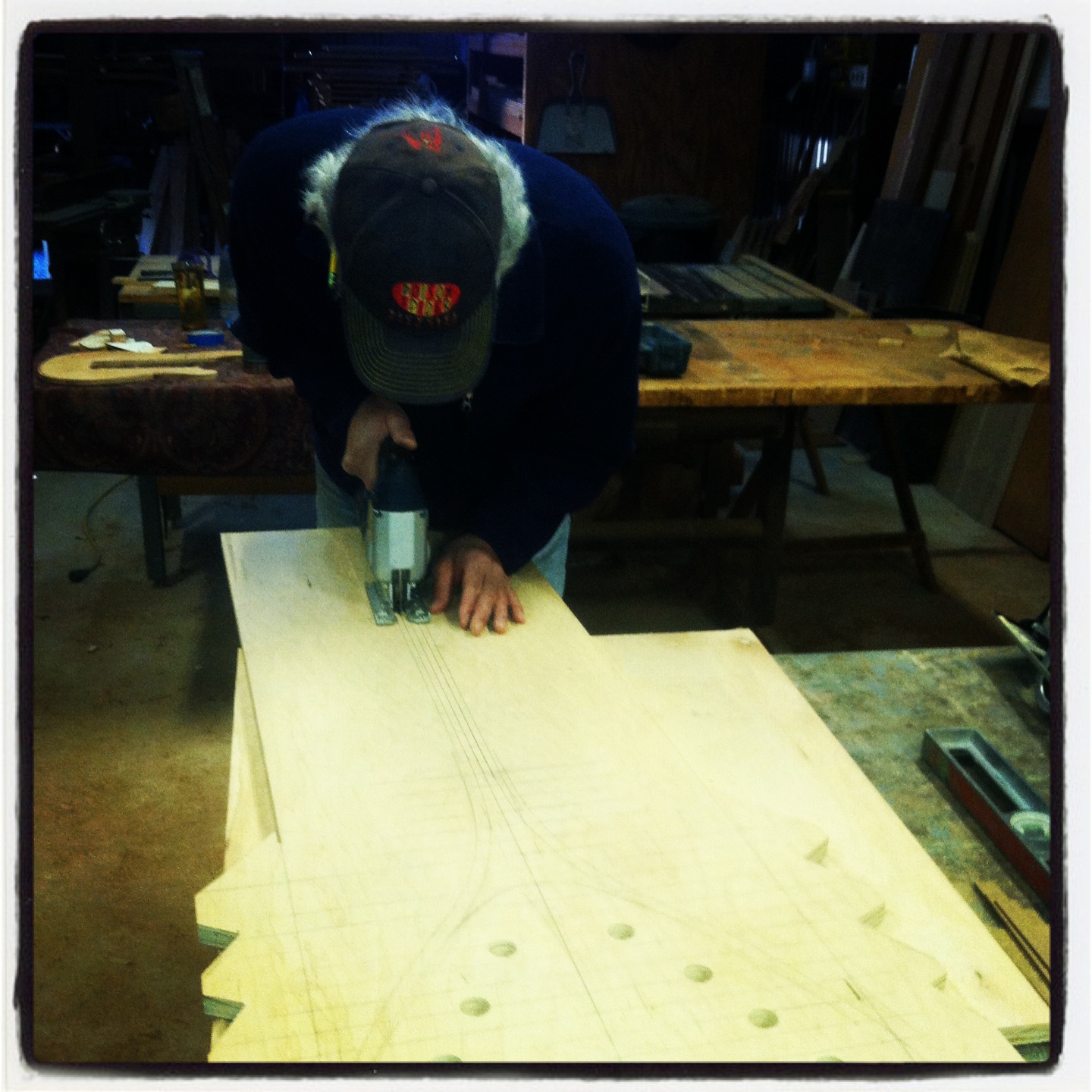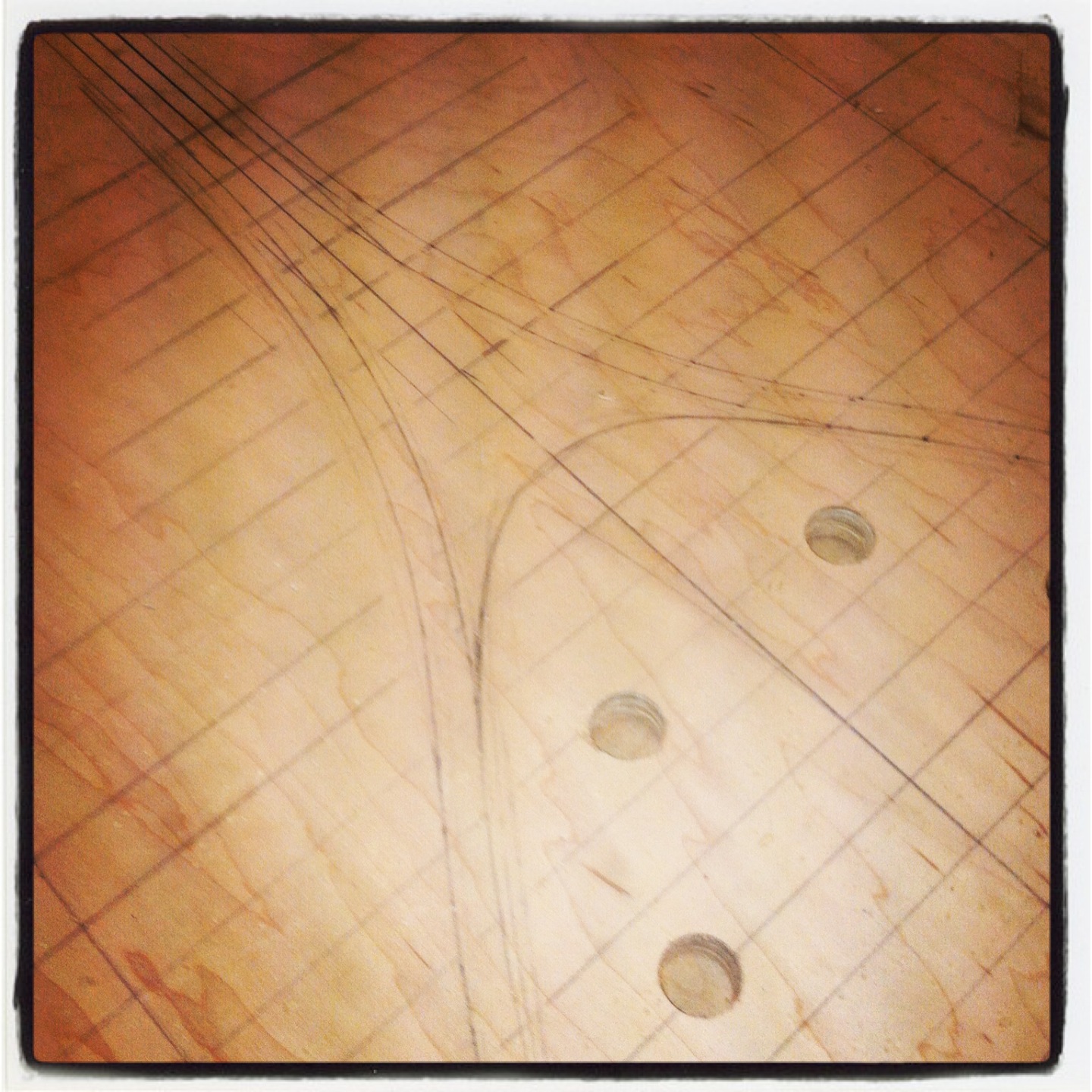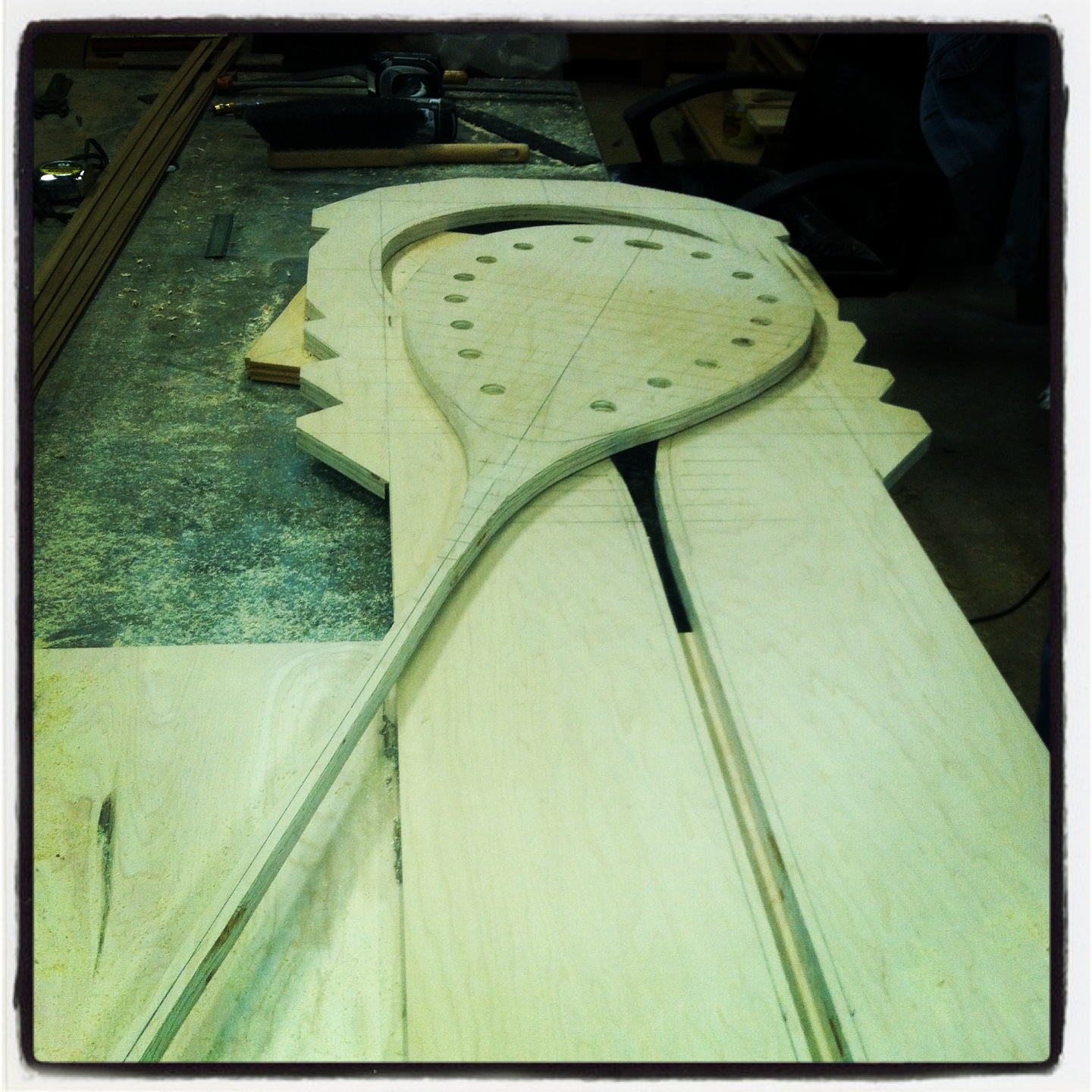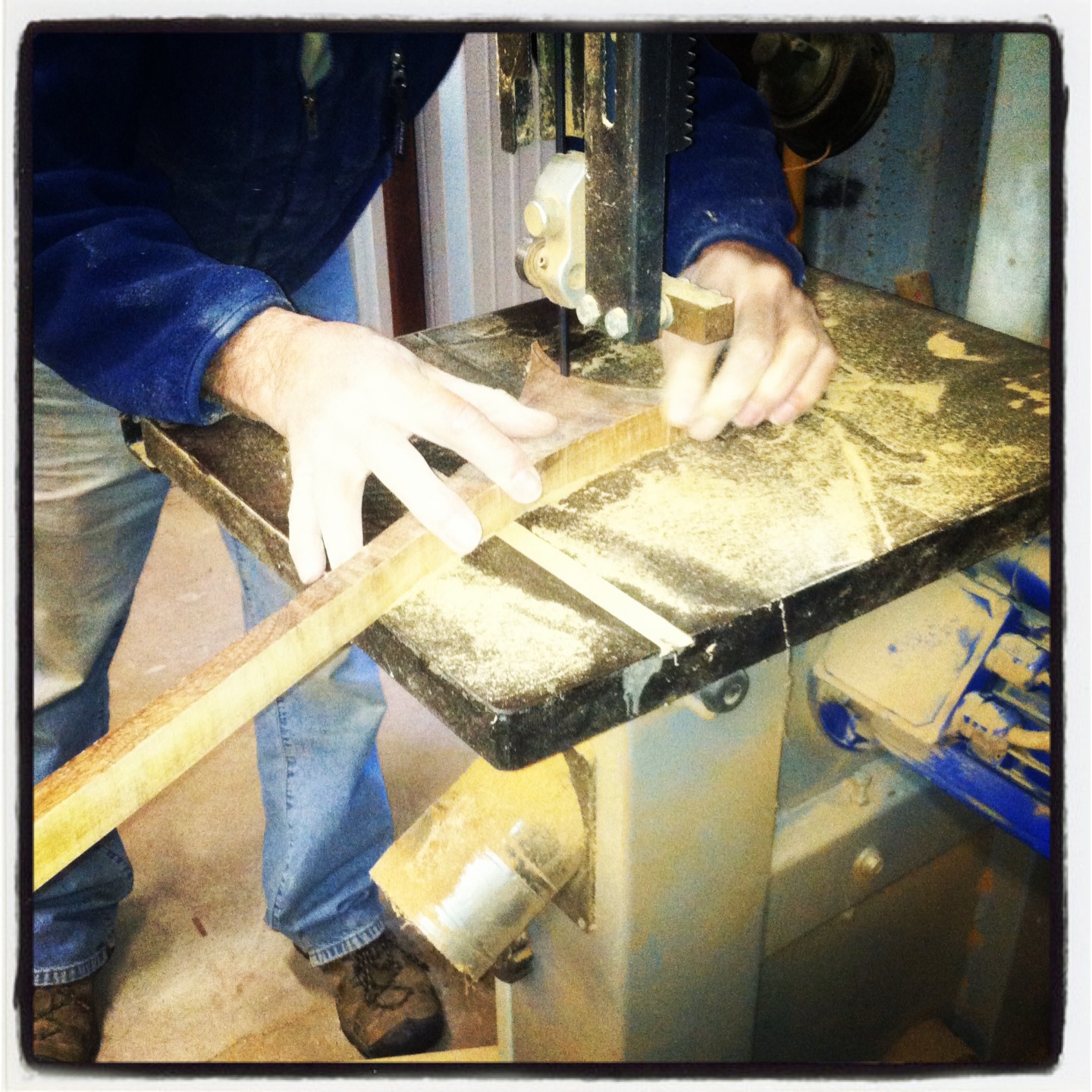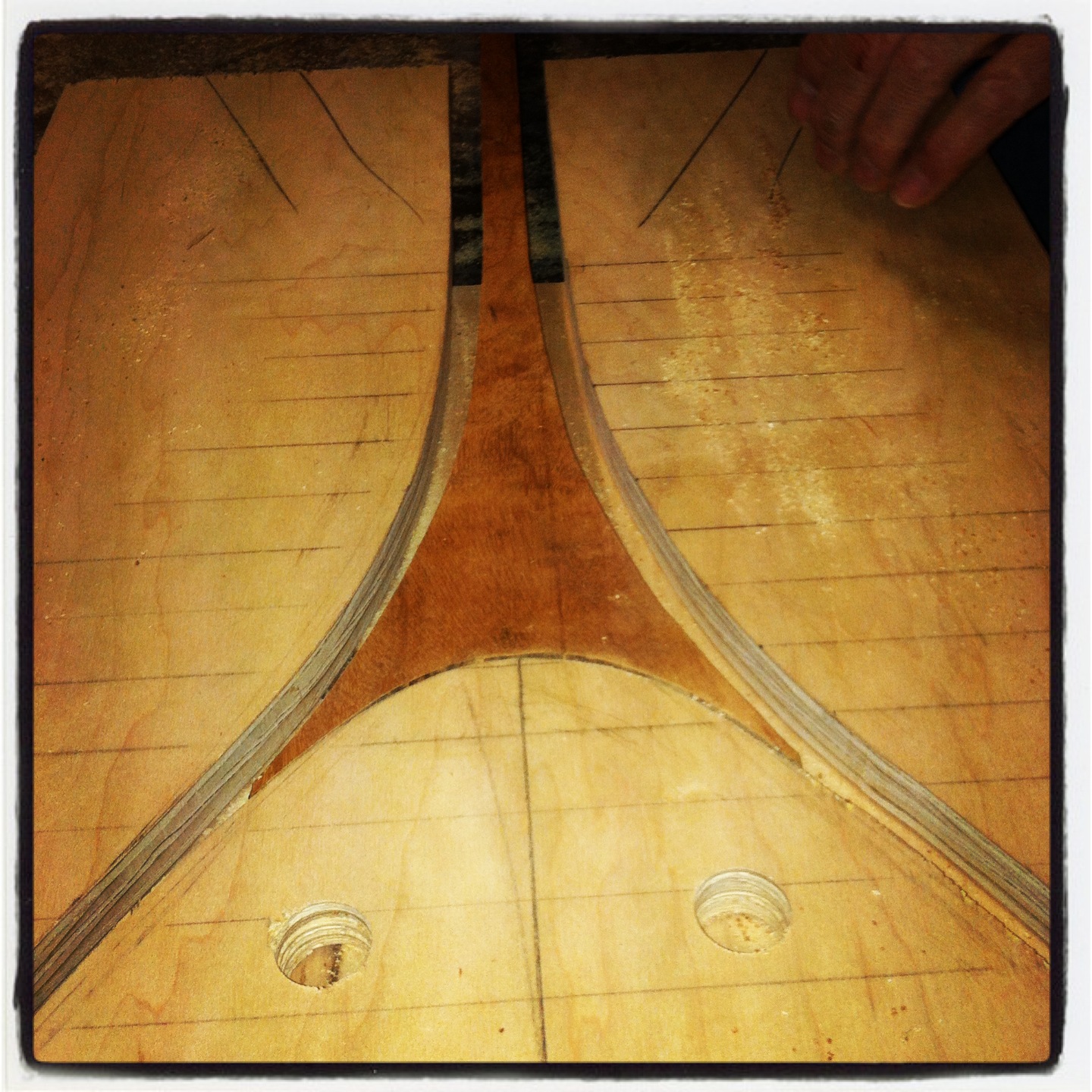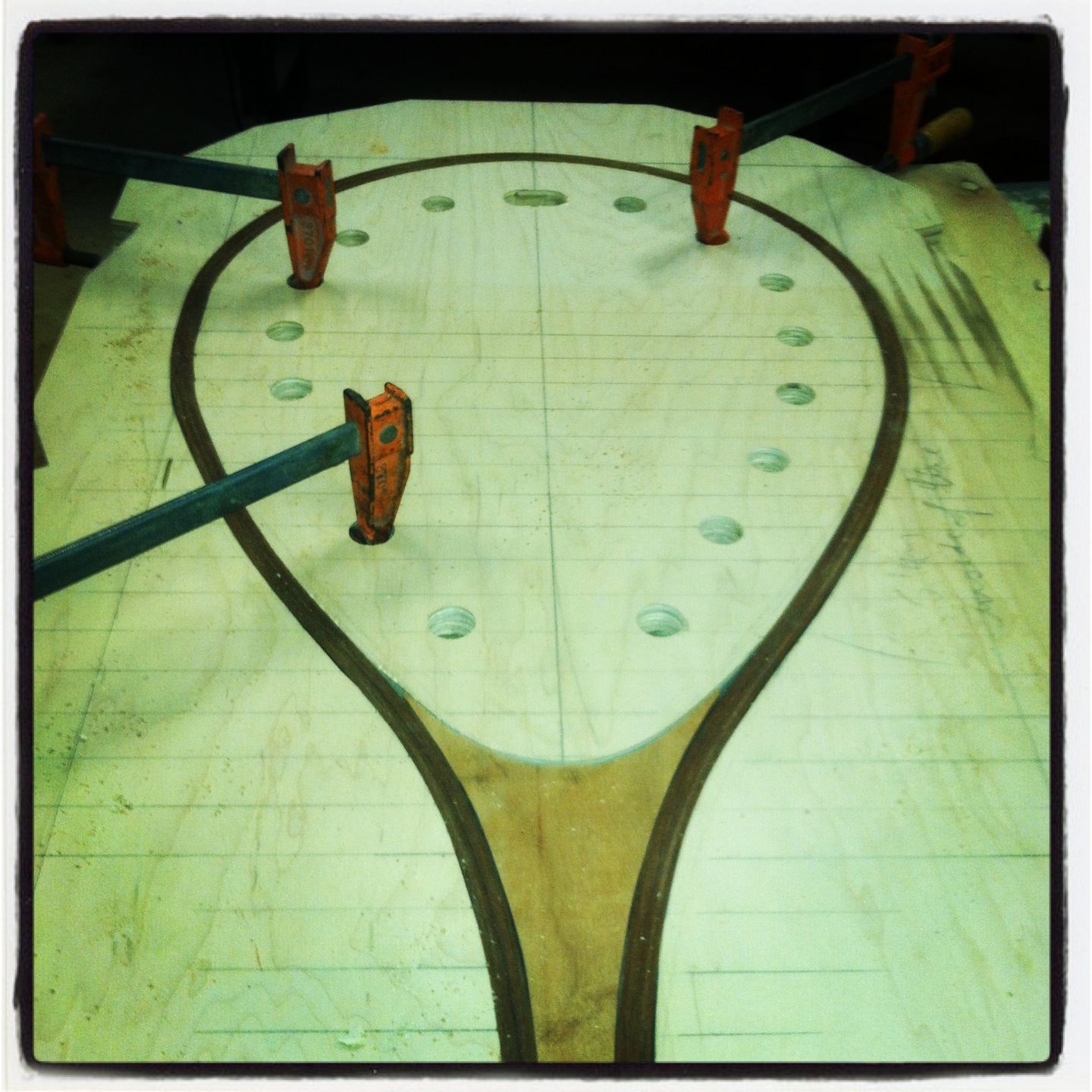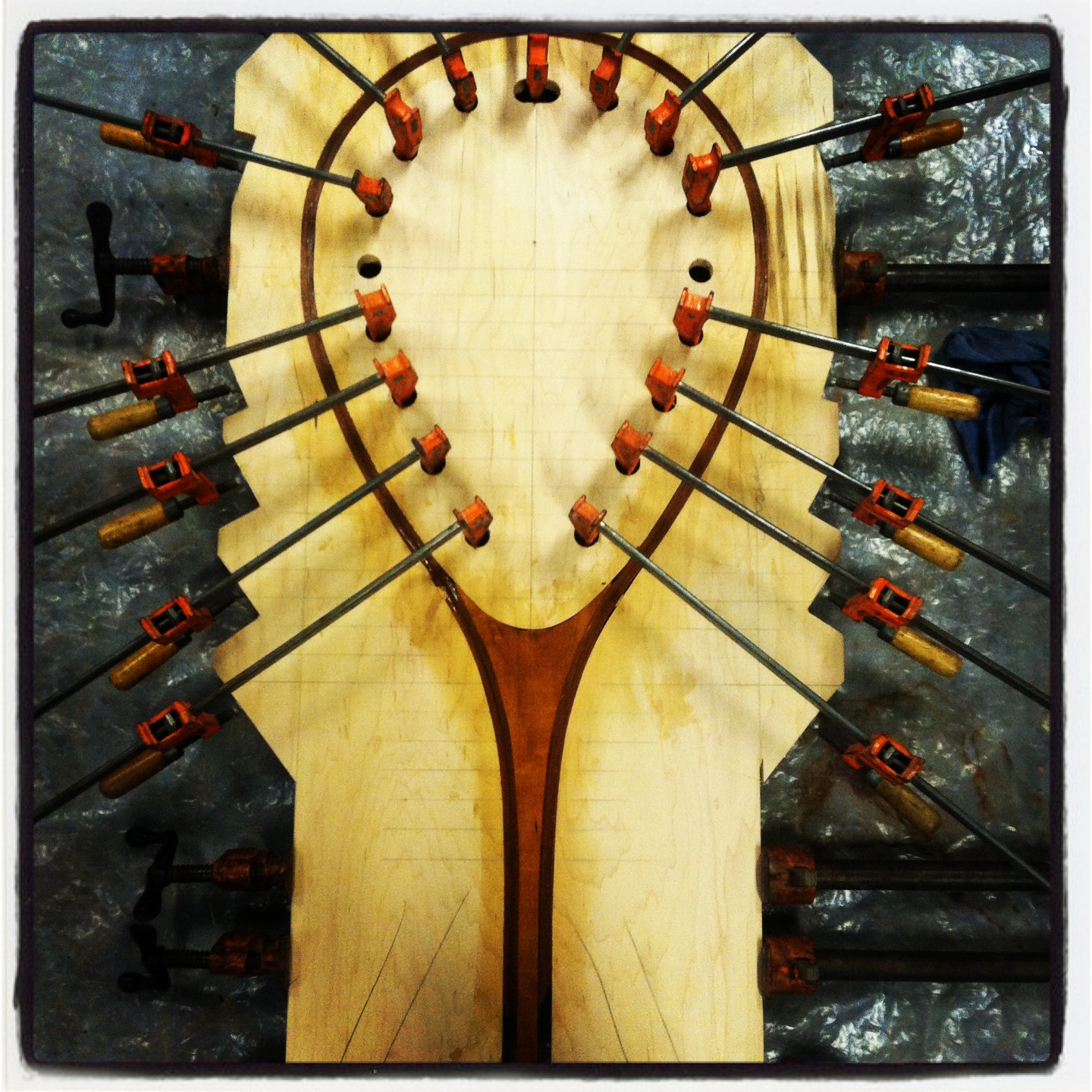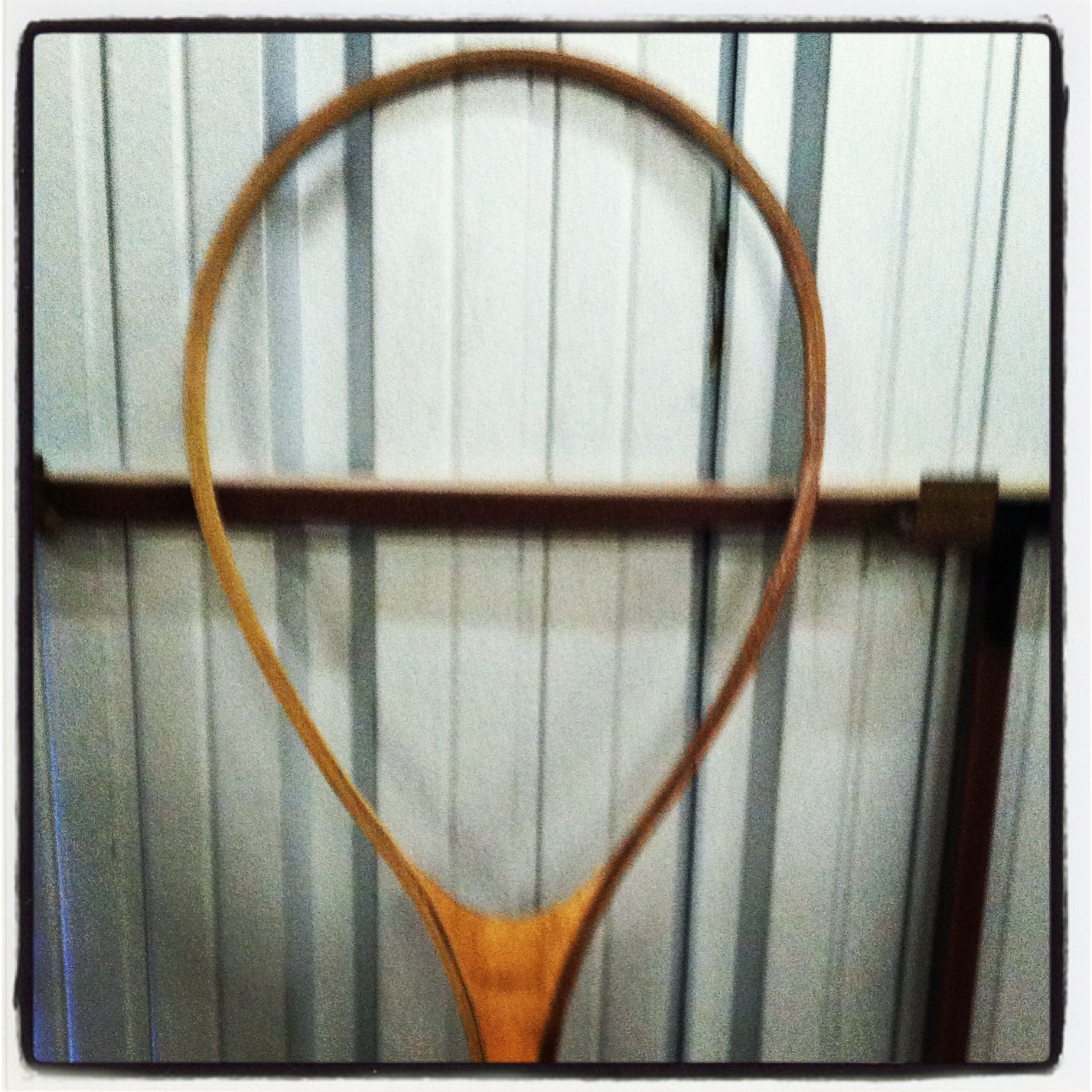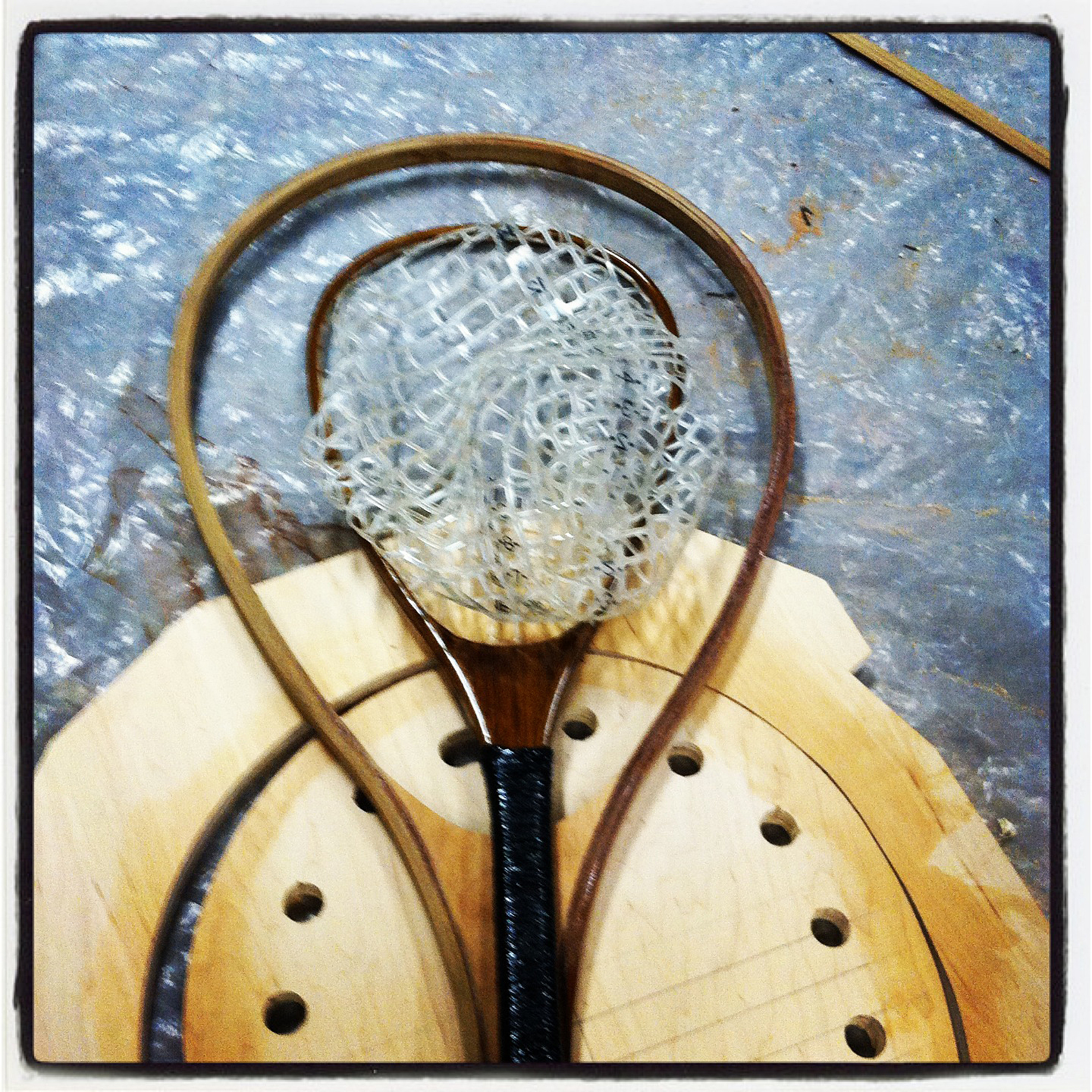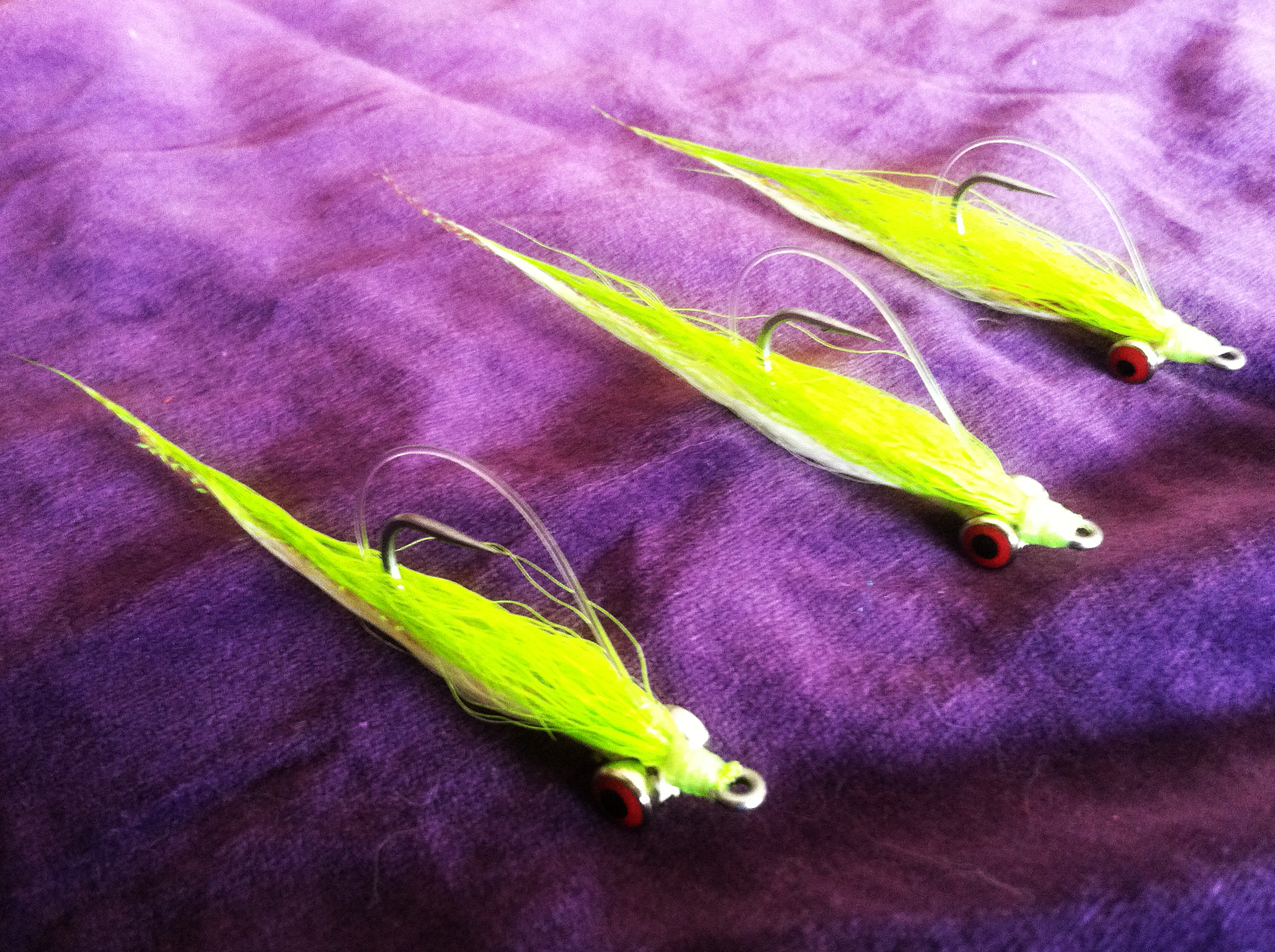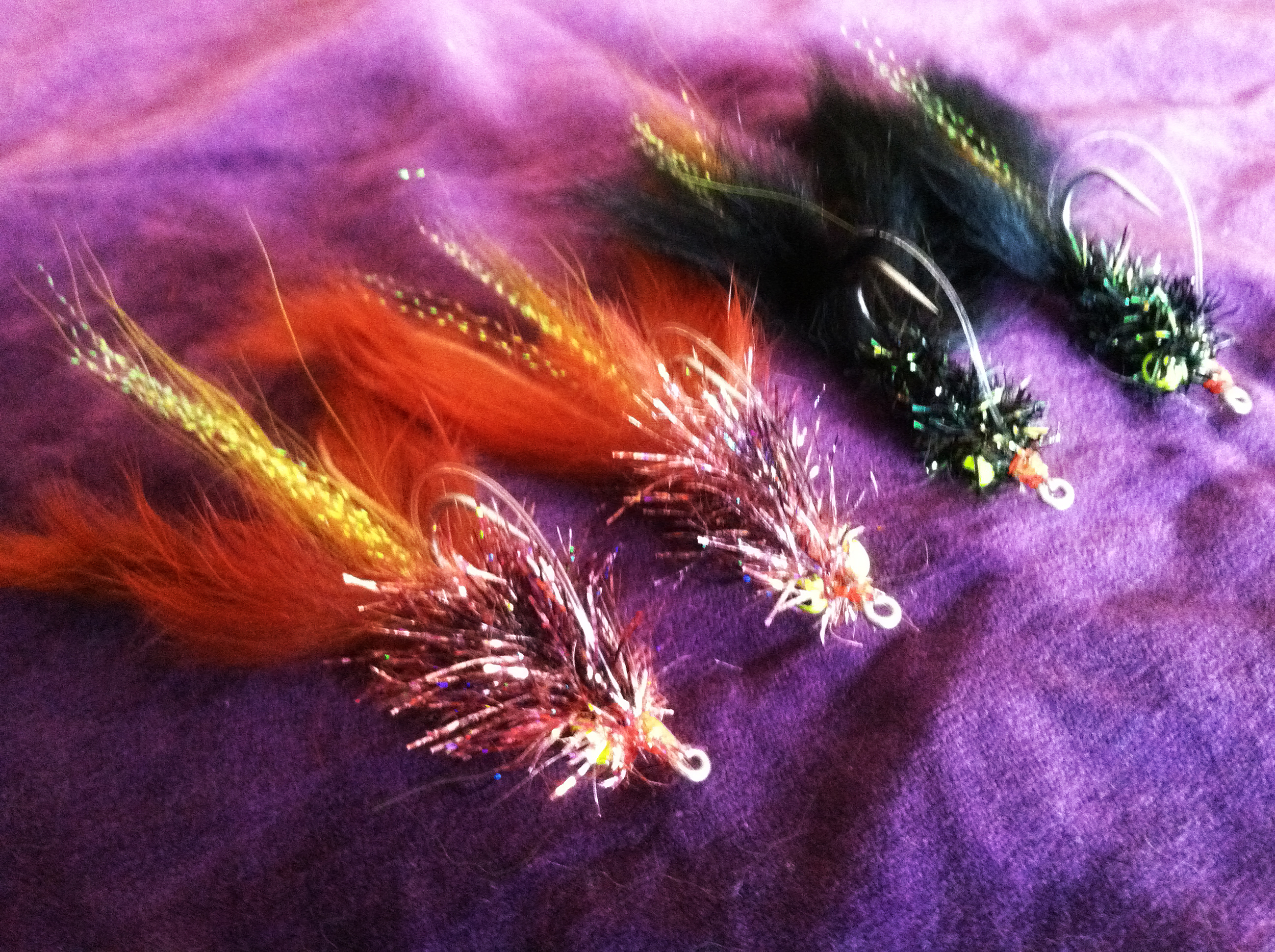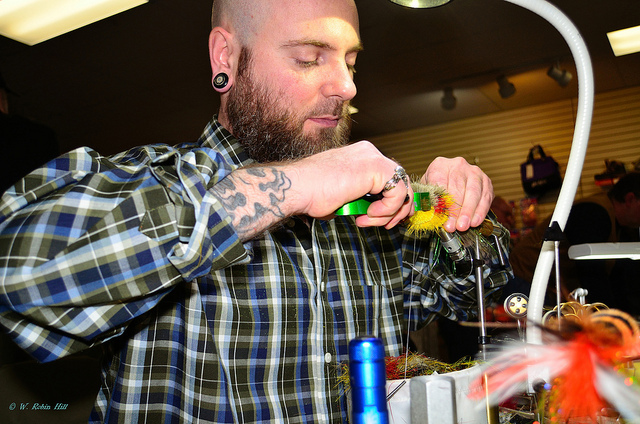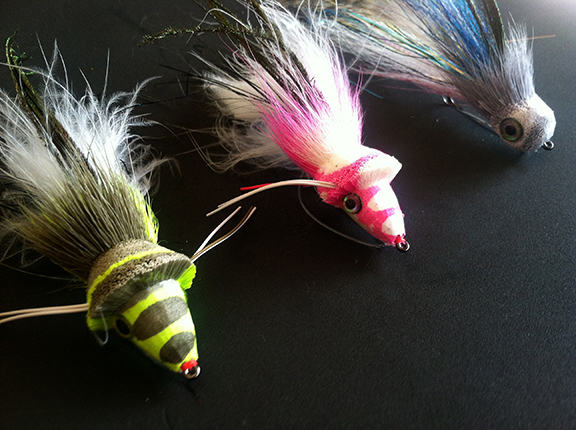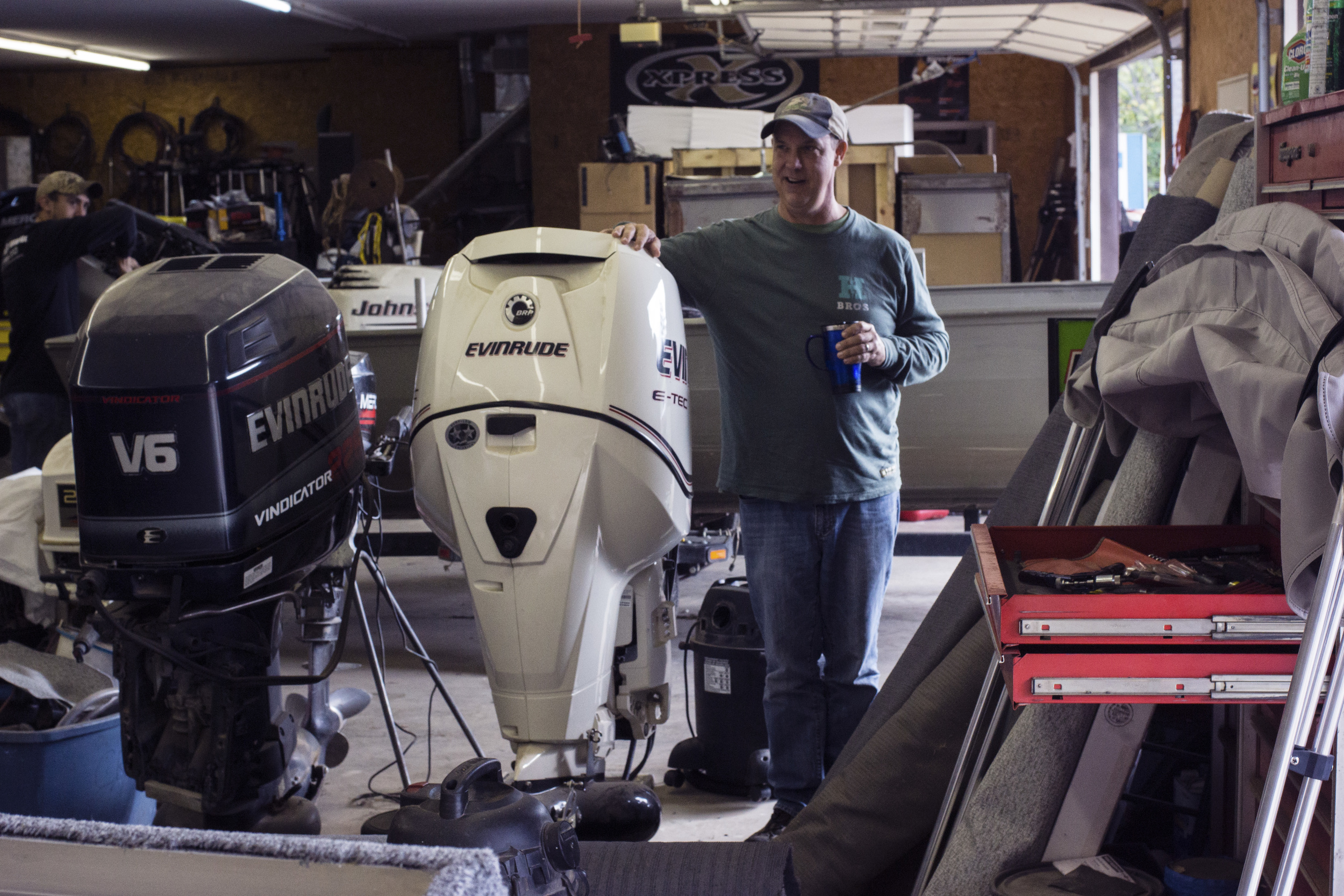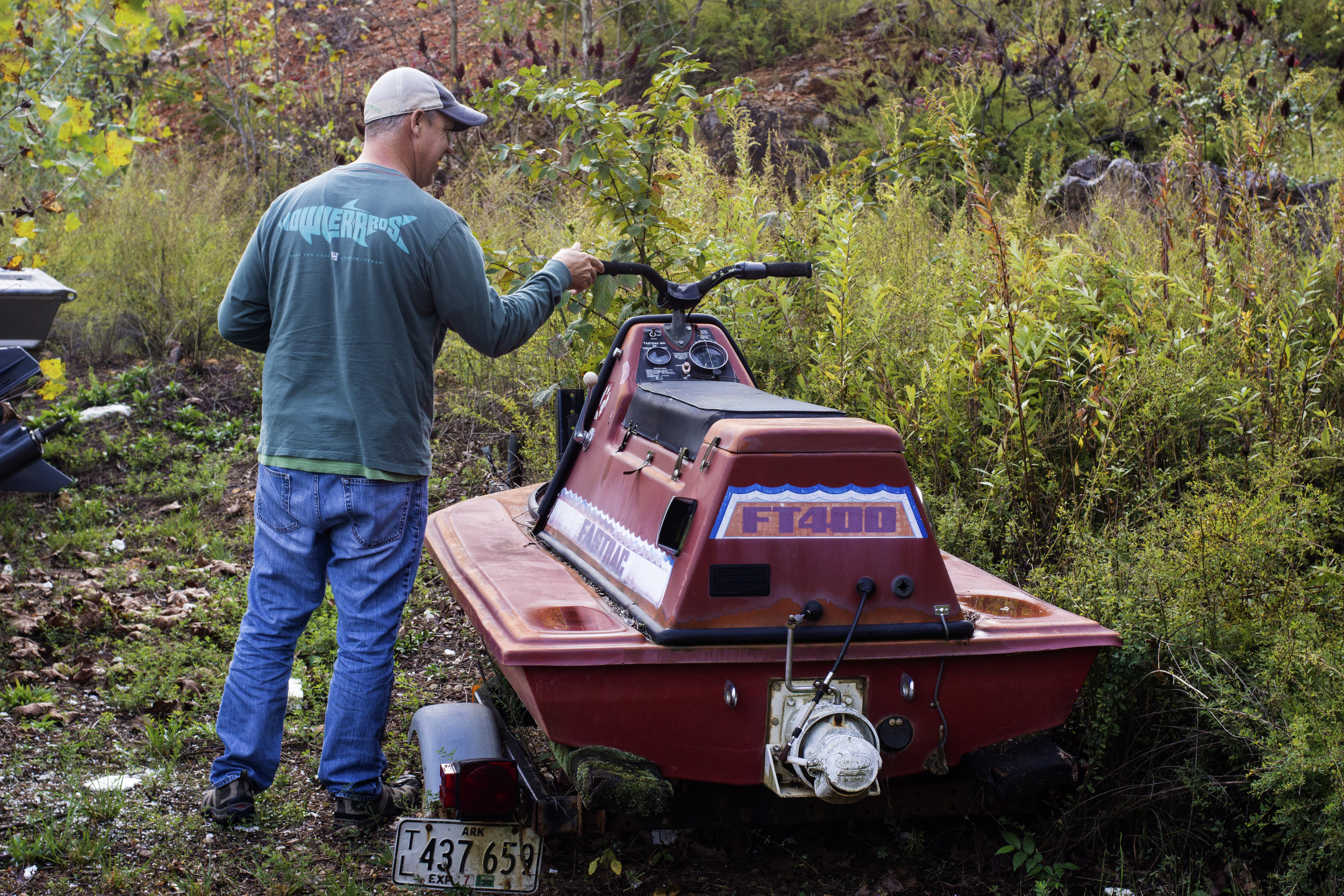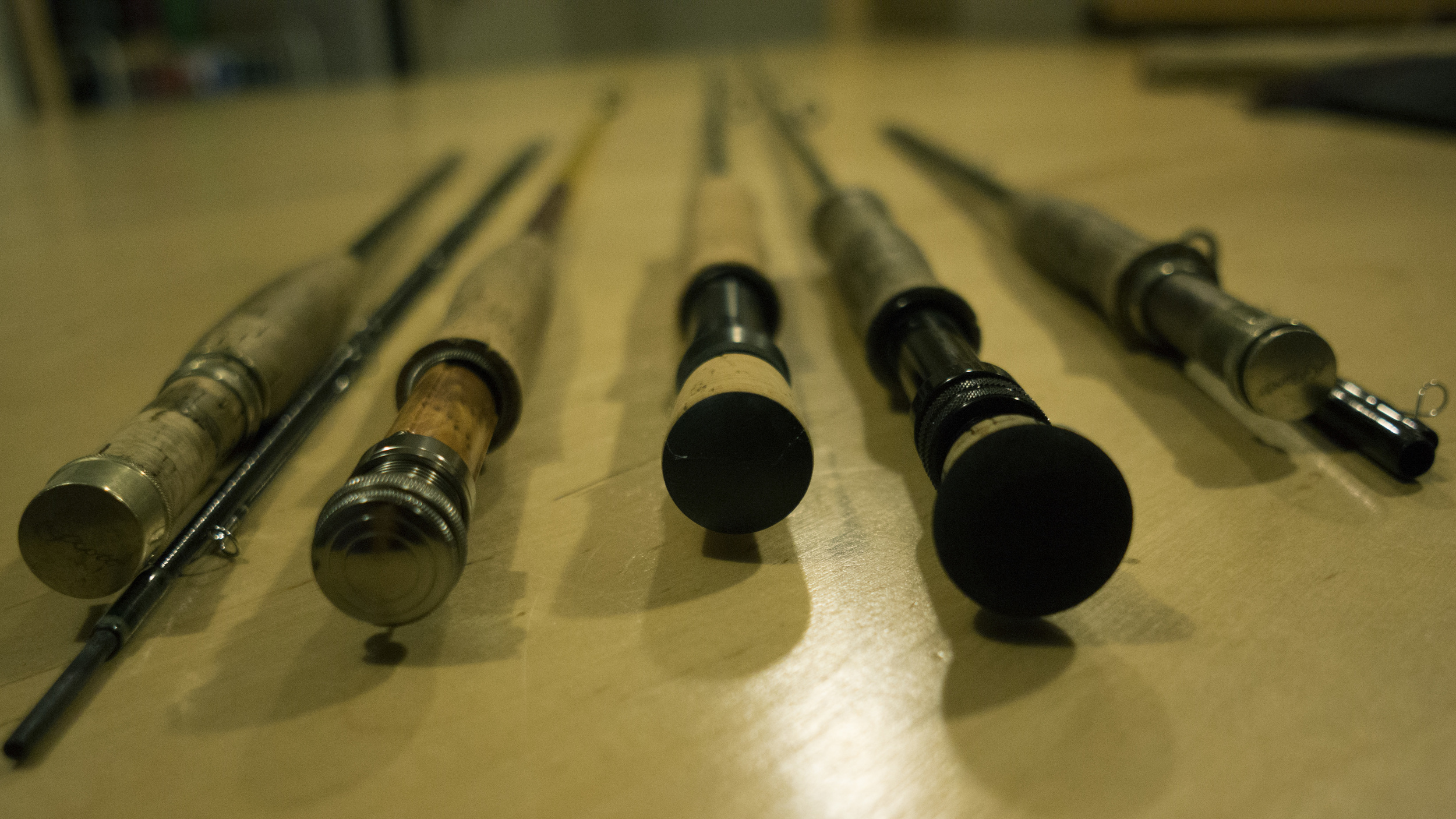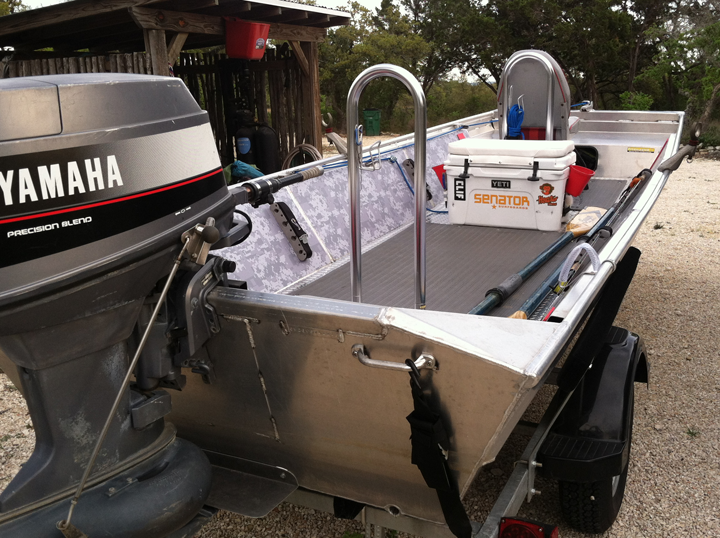One of the many attributes of fly fishing lies in the simple beauty of handcrafted gear commonly found in fly shops. Fortunately some companies continue to make a name for themselves by producing these finely crafted goods and products. Accordingly, whether it’s hand-tied flies or a custom rod, fly fisherman seem to have always coveted these artisan made goods.
Over the years I have had the luxury and opportunity to own many great hand-crafted fly fishing products—no matter the cost or the sacrifice. These cost were always justifiable, usually qualified as, “a legacy purchase to pass on to my grandchildren”, “one-of-a-kind”, “a-dying-art”, etc. When I was younger, single, and childless I could always find a way to afford those expensive aforementioned purchases and never regretted it one bit. Now I’m older, a bit less selfish, and married with kids who always seem to be needing braces, glasses, blank checks for after school activities, and a long list of other expenses. Frankly, it’s getting harder to justify buying expensive fly fishing gear or any gear for that reason. Fortunately, when you buy the best it seems to last forever and I want for nothing—well almost nothing.
For the good part of a decade — right about the time my second daughter was born — I have been wanting a hand-crafted landing net for my guiding. I have made due with a myriad of so-so mass-produced nets that never seem to hold up and always fall short of my expectations. Disclaimer: I am also very hard on my equipment. It’s been said more than a few times, “dude… you could brake an anvil!” As a result I usually am disappointed by mass-produced and poorly crafted gear.
A few months back I asked my good friend Jeff Robuck if he wanted to go on a float on a local river. Jeff was in, however, he made it clear that he wanted to do some wading in order to test out his new net. Once I heard net I was all ears. You see, Jeff is a very talented wood worker, sculptor, and world class craftsmen. How many of you reading this have ever built a bamboo rod, an electric guitar, custom furniture, countless cabinets, etc? My guess is that your answer is along the lines of, “nope”, “never” or “once, but it was a disaster”. Well, in Jeff’s case he has done it all and always better than most. I have friends that are richer than Jeff but few are more talented. When he showed up to go fishing that day his net was one of his own creations, a true one-of-a-kind, beautifully crafted, and most astonishingly, it was the first one he had ever built. I have seen a lot of great nets in my day and this one was a beauty and near perfect. I remember thinking that net is too beautiful to ride in the back of my truck.
We had a heck of a day fishing and his net got a work out — especially when he caught a nice 20” hooked-jawed rainbow. It was that giant fish that convinced Jeff that he needed to build a much bigger second net for himself. On the way back from the river Jeff reflected on the day and all of the great days we have shared in my boat over the last several seasons. All I could do is think about that damn net and how he could craft something that beautiful without previous knowledge of net building, no plans, or a jig to go by. Finally, I had to ask the unthinkable, “Hey Jeff, could you build me a landing net and what would it cost?” His answer floored me, “Yes, I can build you a net, and it won’t cost you a dime.” I insisted that I must pay something. I didn’t have any money but had a hunch that I could talk my wife and daughters into buying it as a Christmas/birthday/anniversary/father’s day gift. Jeff replied, “Yeck no, you take me fishing and I want repay the favor”. He then added, “You can help me build it and then it will have even more importance to you.” It’s funny that Jeff would even think of involving me in this process. On several ocassions he has seen firsthand my poor wood-working skills on more than one ill-fated projects ranging from rod racks to floors for my raft to a bed for my truck. All were laughably none were successful.
On a warm winter day last week and a rare day off I went over to Jeff’s workshop and began my apprenticeship as a “net builder in training”. Upon my arrival he had already traced out a 54” long landing net based on his recollection of our previous conversations. He wanted my input all I could do is smile and reply “it’s freakin' awesome”. From there we proceeded to make the plywood jig that would house the strips of teak and Brazilian tiger wood. After cutting all the components and a dry-fit in the jig it was time to mix up the epoxy and start clamping up the net.




